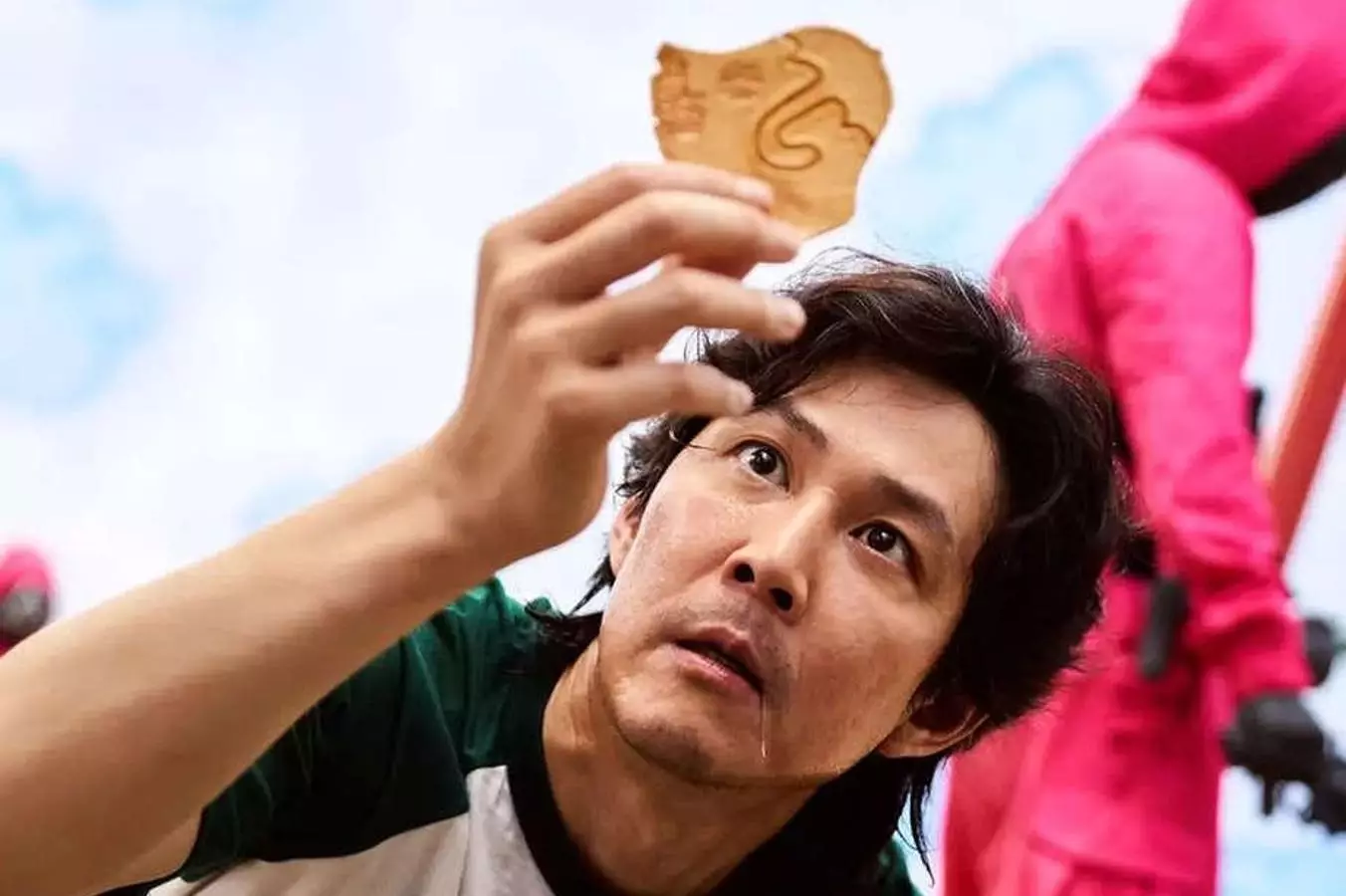Dalgona candy, with its charming sweetness and whimsical shapes, is far more than just a delightful treat; it serves as a portal into South Korea’s vibrant cultural landscape. This seemingly simple confection has gained newfound international fame as a result of the wildly popular Netflix series, Squid Game, thrusting this traditional candy into the spotlight. With a rich history rooted in the playful streets of South Korea, dalgona has transitioned from humble vendor carts to global social media challenges, illustrating how food can weave cultural narratives and societal connections.
The Squid Game Phenomenon
When Squid Game first premiered, its unique blend of intense competition and nostalgic childhood memories resonated with viewers on a profound level. Within this context, the activity of carving shapes out of dalgona candy emerged as one of the standout moments. Contestants were required to precisely etch intricate figures from this fragile, sugary treat—ranging from geometric shapes to complex designs. The tension associated with this childhood game capitalized on nostalgia while simultaneously ramping up the stakes, creating a gripping narrative that captivated audiences globally.
The impact of Squid Game extended beyond just viewership ratings; it created a global obsession around the “Squid Game cookie.” Social media platforms quickly became a stage for viral trends, with countless users documenting their attempts to recreate the challenging candy-carving experience. This interactive engagement transformed dalgona from a nostalgic element into an international cultural phenomenon, showcasing how media can revitalize traditional customs.
Long before it became intertwined with Squid Game, dalgona was a beloved treat for South Korean children in the 1970s and 80s, available at street stalls just outside school gates. Back then, the candy was not merely a snack; it was an experience, complete with the playful challenge of carving out shapes without cracking the fragile piece. This ritual of delicate nibbling evokes childhood memories and a sense of camaraderie among those who grew up savoring this sweet delight.
The traditional method of making dalgona is deceptively straightforward, requiring only sugar and baking soda. Its simplicity embodies the essence of South Korean street food culture—where creativity meets accessibility. Now, with the surge of interest from the younger generations inspired by Squid Game, the candy has reclaimed its status as a cherished piece of the nation’s culinary history, bridging generational gaps as families share stories of their own experiences enjoying this delightful confection.
As the cultural landscape shifts with globalization, traditional foods often find themselves in new contexts. Post-Squid Game, dalgona candy has evolved into a culinary experiment for millions, challenging them to recreate the treat in their own kitchens. Social media platforms like TikTok have seen a surge of content dedicated to dalgona challenges, illustrating both attempts met with success and humorous failures. This transition from nostalgia to a viral kitchen experiment signifies a significant shift in the perception of regional foods, transforming them into global trends.
Culinary creators, such as Sue from My Korean Kitchen, have embraced this trend by sharing tips and recipes for making dalgona at home. Her emphasis on technique, including the importance of temperature control and rapid execution after adding baking soda, showcases the delicate artistry involved in mastering this simple treat. This revival, spurred by a popular culture reference, encourages people of all ages to engage with the process and establish their own connection to Korean culinary tradition.
The Art Behind the Game
The meticulous planning behind the dalgona scene in Squid Game reveals an impressive dedication to authenticity. The show’s creator, Hwang Dong-hyuk, revealed in interviews that real dalgona experts were consulted to ensure the confection’s integrity during filming. The authenticity of the candy was central to the scene’s impact, which cleverly intertwined personal memories with the overarching narrative. Hwang’s childhood experiences with dalgona lend credibility to the representation, making this moment resonate with those familiar with the treat and capturing the intrigue of those encountering it for the first time.
This blend of narrative mastery and culinary heritage transforms dalgona candy into a cultural artifact that holds significant meaning. The convergence of personal history and collective nostalgia within the context of a high-stakes game results in a profound commentary on how food can serve as a powerful connector across diverse experiences.
Ultimately, dalgona candy represents the intersection of nostalgia, creativity, and cultural identity. From its origins as a street snack to its role as a meaningful element in a global hit series, it illustrates how food transcends mere sustenance to embody stories and connections. As audiences engage with this iconic treat, whether through lively social media challenges or as part of family traditions, dalgona stands as a testament to the power of food in fostering community and shared experiences, resonating beyond borders and generations alike.


Leave a Reply